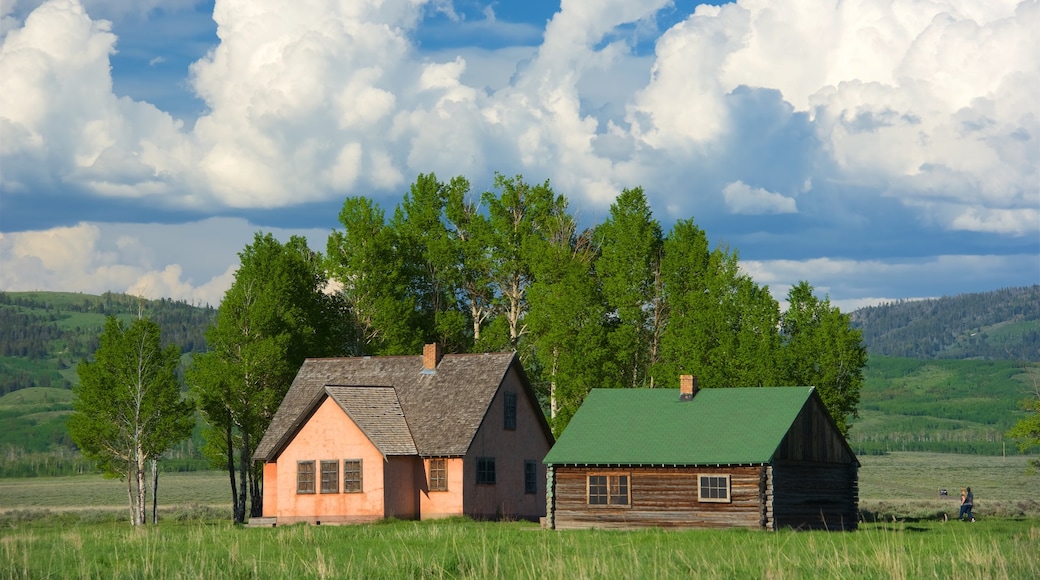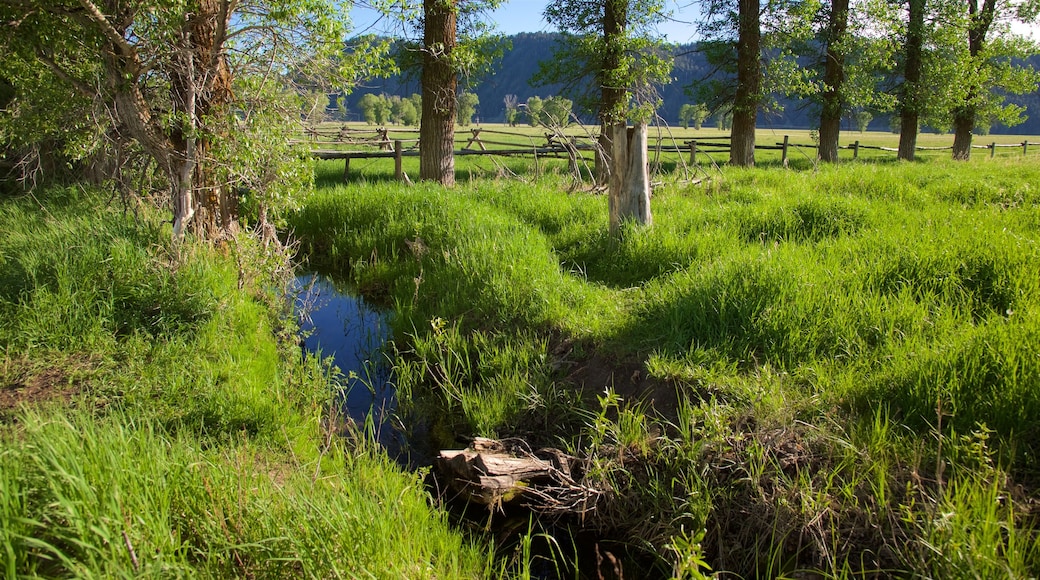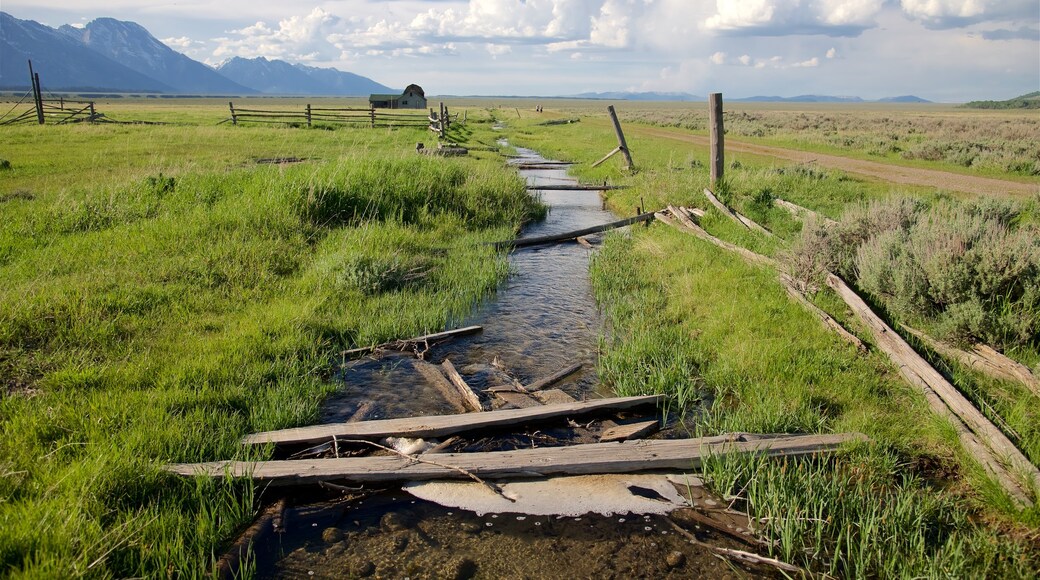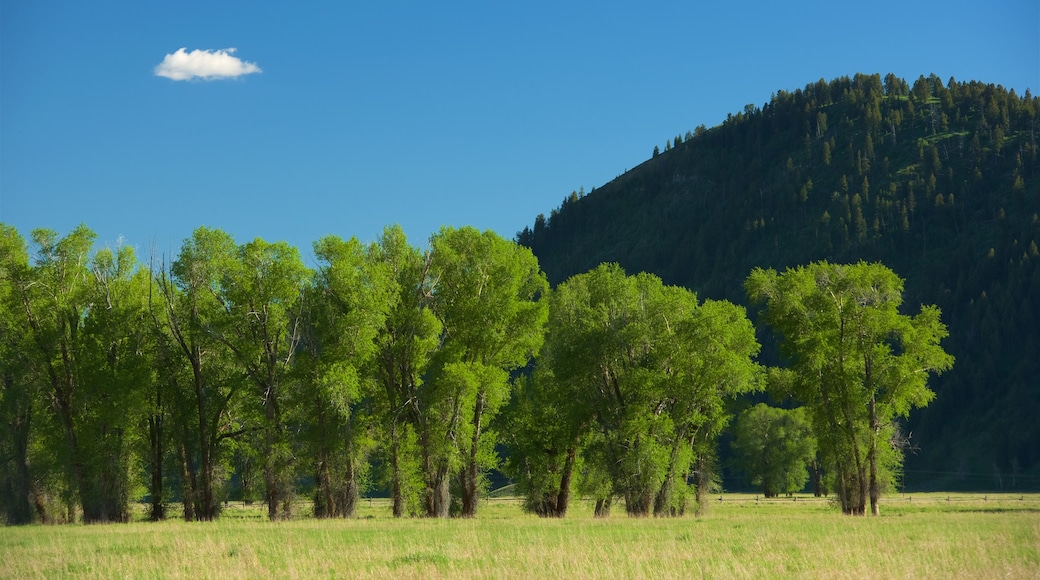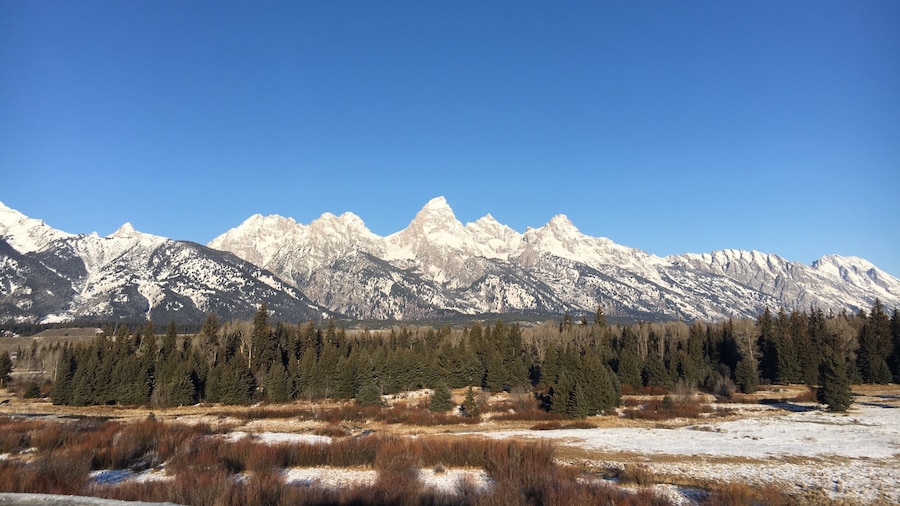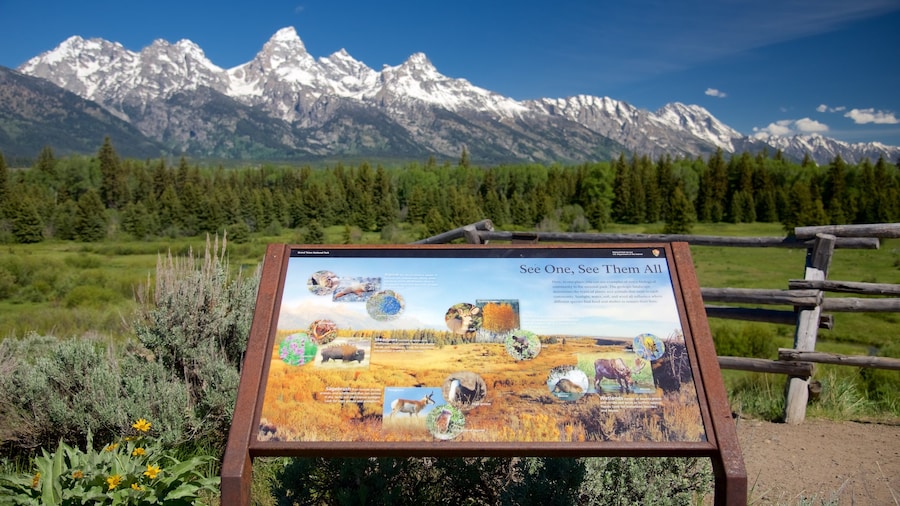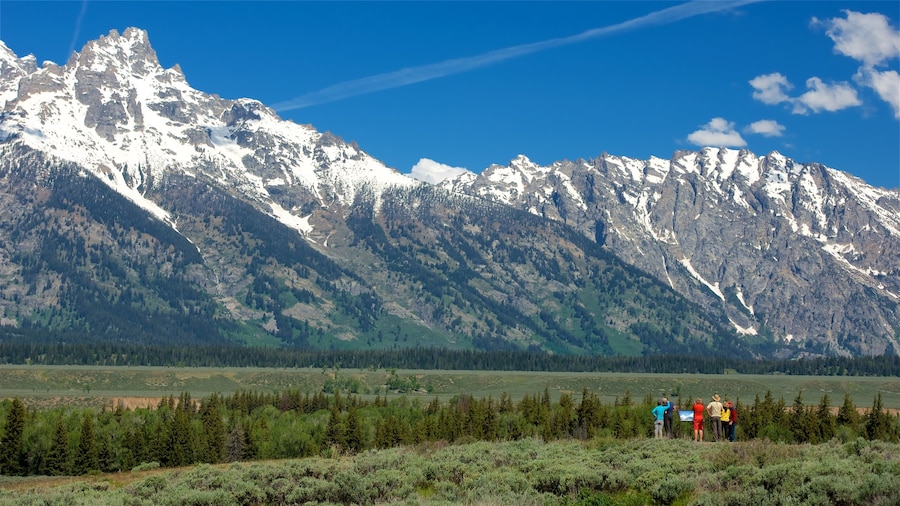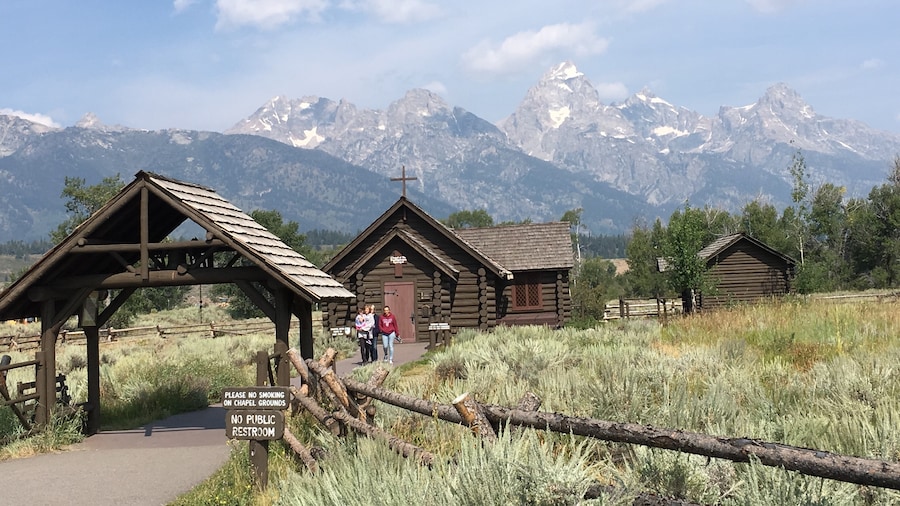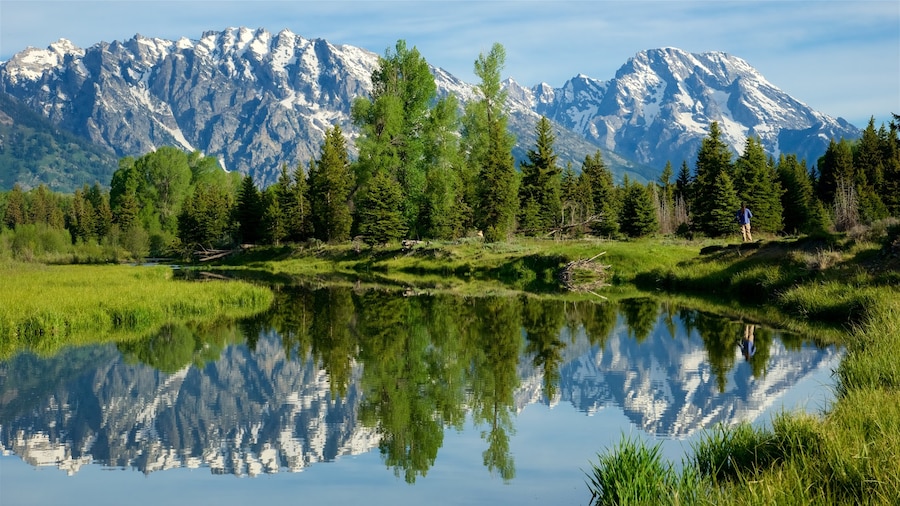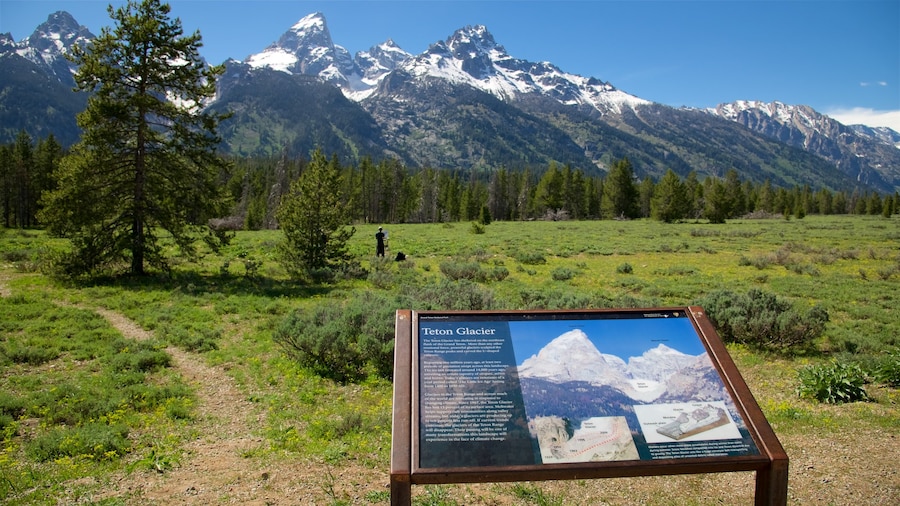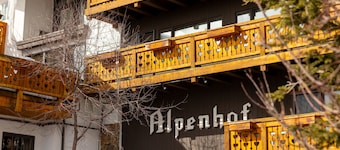Getting a glimpse into how things were in the past helps puts history into perspective. These buildings provide excellent examples of the way settlers lived.
Discover how homesteading opened up America’s West to future settlements and eventually towns with a visit to the Mormon Row Historic District in Grand Teton National Park. Tour this group of buildings to be transported back to a time when it was the Wild West.
Take your camera along to snap photos of what the area looked like in a bygone era with the old-style buildings set against a mountain range backdrop. The T.A. Moulton barn is very popular among photographers, often described as the most photographed barn in America.
Look for remnants of a ditch irrigation system that was dug by the early settlers and the swimming hole where kids cooled off on hot days. Walk the pastures and fields originally cleared by homesteaders and notice the corral fences to keep their animals from wandering off.
Mormon Row is not only known for its buildings, but it’s also a great place to view wildlife. Watch for moose, coyotes, antelopes, bison and various bird species including kestrels and sage grouse. For your own safety, stay at least 300 feet (90 meters) away from large animals.
Visit Mormon Row by car, mountain bike, cross-country skis or snowshoes. The road is closed in the winter, but the trek in on snowshoes or skis is worth the effort for the dramatic views in the snow. Located in the southeast corner of the park, this documented historic site adds another dimension to an incredible area that offers so much to see and do.
Find Mormon Row Historic District on the aptly named Antelope Flats Road. The site has no admission fee after you’ve paid entry to Grand Teton National Park. If you’re photographing the buildings, plan to spend some time here, as the view changes constantly with the light. Come early for sunrise or stay late for sunset to appreciate the different ambiance. Get a feeling of what it was like to be a homesteader 100 years ago in this pristine area of Wyoming.
